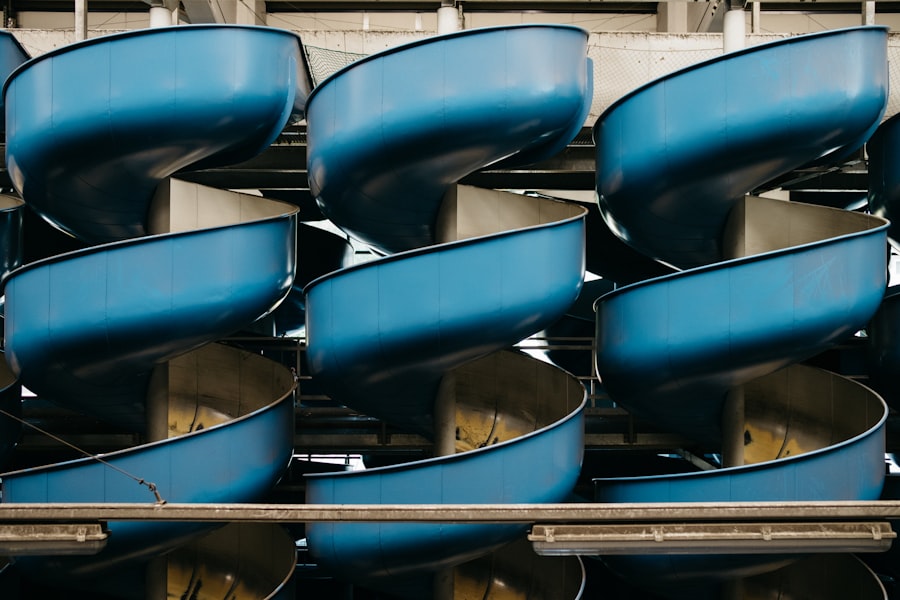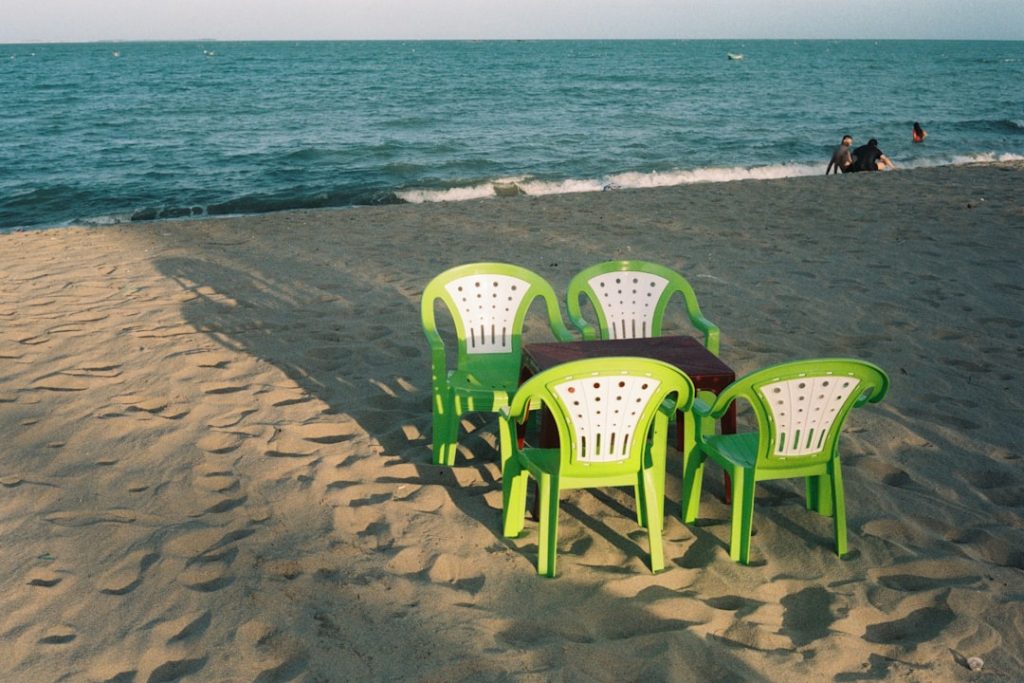The marine seats market is a specialized segment within the broader marine industry, catering to the needs of boat manufacturers, recreational boaters, and commercial maritime operators. Marine seats are designed to withstand the unique challenges posed by marine environments, including exposure to saltwater, UV radiation, and varying weather conditions. This market encompasses a wide range of seating solutions, from luxurious helm chairs on yachts to functional bench seats on fishing boats.
The demand for marine seating has been steadily increasing, driven by the growth of the boating industry, rising disposable incomes, and a growing interest in recreational boating activities. As the marine industry evolves, so too does the market for marine seats. Innovations in materials and design have led to more comfortable, durable, and aesthetically pleasing seating options.
Additionally, the rise of eco-friendly practices has prompted manufacturers to explore sustainable materials and production methods. The marine seats market is not only influenced by technological advancements but also by changing consumer preferences and demographic shifts. Understanding these dynamics is crucial for stakeholders looking to navigate this competitive landscape effectively.
Key Takeaways
- The marine seats market is expanding due to increasing demand for comfort and durability in marine vessels.
- Key players are driving competition through innovative designs and advanced materials.
- Sustainability and environmental impact are becoming critical considerations in marine seat manufacturing.
- Consumer preferences are shifting towards ergonomic and customizable seating options.
- Future growth opportunities exist despite challenges like regulatory compliance and material costs.
Trends and Growth Factors in the Marine Seats Market
Several key trends are shaping the marine seats market today. One of the most significant is the increasing popularity of recreational boating. As more individuals seek leisure activities that allow them to connect with nature, boating has emerged as a favored pastime.
This trend is particularly pronounced among younger generations who prioritize experiences over material possessions. Consequently, manufacturers are responding by designing seats that enhance comfort and usability, catering to a demographic that values both functionality and aesthetics. Another growth factor is the rise of electric and hybrid boats, which are becoming more prevalent as environmental concerns gain traction.
These vessels often require specialized seating solutions that accommodate new technologies while maintaining comfort and style. Manufacturers are investing in research and development to create lightweight, ergonomic seats that can be easily integrated into these innovative designs. Furthermore, the trend toward customization is gaining momentum, with consumers increasingly seeking personalized options that reflect their individual tastes and preferences.
Key Players and Competition in the Marine Seats Market

The marine seats market is characterized by a diverse array of players ranging from established manufacturers to emerging startups. Key players include companies like Leaning Post Marine, Taco Marine, and Wise Seating, each offering a unique portfolio of products tailored to different segments of the market. These companies compete on various fronts, including product quality, innovation, pricing strategies, and customer service.
The competitive landscape is further complicated by the presence of niche players who specialize in specific types of marine seating, such as luxury yacht seats or commercial-grade solutions. In addition to traditional manufacturers, there is a growing trend of collaboration between marine seat producers and boat builders. This partnership approach allows for the development of integrated solutions that enhance the overall user experience.
For instance, some manufacturers are working closely with boat designers to create seats that not only fit seamlessly into the vessel’s aesthetic but also optimize space and functionality. This collaborative effort is essential in a market where consumer expectations are continually evolving.
Innovations and Technology in Marine Seat Design
| Innovation/Technology | Description | Benefits | Application | Year Introduced |
|---|---|---|---|---|
| Ergonomic Foam Padding | Use of high-density, memory foam materials to enhance comfort and reduce fatigue. | Improved comfort, reduced pressure points, longer seating duration without discomfort. | Fishing boats, leisure yachts, commercial vessels. | 2015 |
| Shock-Absorbing Suspension Seats | Seats equipped with suspension systems to absorb vibrations and shocks from rough seas. | Reduced impact on spine and joints, increased safety and comfort. | Offshore vessels, patrol boats, high-speed crafts. | 2018 |
| Waterproof and UV-Resistant Materials | Use of advanced synthetic fabrics and coatings to resist water, salt, and UV damage. | Increased durability, reduced maintenance, longer lifespan. | All marine seating applications. | 2012 |
| Adjustable and Modular Seat Designs | Seats with adjustable height, backrest angle, and modular components for customization. | Enhanced ergonomics, adaptability to different users and vessel layouts. | Commercial and recreational vessels. | 2020 |
| Integrated Heating and Cooling Systems | Seats with built-in temperature control for comfort in varying climates. | Improved comfort in extreme weather conditions, increased user satisfaction. | Luxury yachts, passenger ferries. | 2021 |
| Smart Sensor Technology | Embedded sensors to monitor seat usage, pressure distribution, and occupant health metrics. | Enhanced safety, data-driven ergonomic improvements, preventive maintenance alerts. | Military vessels, research ships. | 2023 |
Innovation plays a pivotal role in the marine seats market, with manufacturers constantly exploring new materials and technologies to enhance their products. One notable advancement is the use of advanced composite materials that offer superior durability while remaining lightweight. These materials are resistant to corrosion and UV damage, making them ideal for marine applications where exposure to harsh conditions is inevitable.
Additionally, manufacturers are incorporating ergonomic designs that prioritize user comfort during extended periods on the water. Another area of innovation is the integration of smart technology into marine seating solutions. Features such as built-in heating and cooling systems, adjustable lumbar support, and even connectivity options for charging devices are becoming increasingly common.
These technological enhancements not only improve comfort but also cater to the modern boater’s lifestyle, where convenience and connectivity are paramount. As consumer expectations continue to rise, manufacturers must remain agile in their approach to design and technology integration.
Environmental Impact and Sustainability in the Marine Seats Market
As environmental awareness grows globally, sustainability has become a critical consideration in the marine seats market. Manufacturers are increasingly adopting eco-friendly practices in their production processes, from sourcing sustainable materials to implementing energy-efficient manufacturing techniques. For instance, some companies are utilizing recycled plastics and biodegradable materials in their seat designs, reducing their overall environmental footprint.
Moreover, there is a push for greater transparency in supply chains, with consumers demanding information about the sourcing and production methods used in their products. This trend has prompted manufacturers to adopt more sustainable practices not only in materials but also in logistics and distribution. By prioritizing sustainability, companies can appeal to environmentally conscious consumers while also contributing positively to the health of marine ecosystems.
Consumer Preferences and Demographics in the Marine Seats Market

Understanding consumer preferences is essential for success in the marine seats market. Recent studies indicate that younger consumers prioritize comfort and style when selecting marine seating options. They are drawn to modern designs that incorporate vibrant colors and innovative features while still providing functionality.
Additionally, there is a growing interest in customizable options that allow consumers to tailor their seating choices to their specific needs and preferences. Demographic shifts also play a significant role in shaping consumer behavior within this market. As more millennials and Gen Z individuals enter the boating community, their preferences differ from those of older generations.
This younger demographic tends to favor experiences over ownership, leading to an increase in demand for rental services that offer high-quality seating solutions on various vessels. Manufacturers must adapt their marketing strategies to resonate with these emerging consumer segments while also addressing the needs of traditional boaters.
Challenges and Opportunities in the Marine Seats Market
While the marine seats market presents numerous opportunities for growth, it is not without its challenges. One significant hurdle is the volatility of raw material prices, which can impact production costs and ultimately affect pricing strategies. Manufacturers must navigate these fluctuations carefully to maintain profitability while remaining competitive in a price-sensitive market.
Additionally, regulatory challenges related to safety standards and environmental compliance can pose obstacles for manufacturers looking to innovate or expand their product lines. Staying abreast of changing regulations requires ongoing investment in research and development as well as collaboration with industry stakeholders. However, these challenges also present opportunities for companies willing to invest in sustainable practices or innovative technologies that meet regulatory requirements while appealing to environmentally conscious consumers.
Future Outlook for the Marine Seats Market
The future outlook for the marine seats market appears promising as trends toward recreational boating continue to gain momentum globally. With increasing disposable incomes and a growing interest in outdoor activities, more individuals are likely to invest in boating experiences that require high-quality seating solutions. Furthermore, as technology continues to advance, manufacturers will have opportunities to integrate smart features into their products that enhance user experience.
Sustainability will remain a key focus area for both consumers and manufacturers alike. As environmental concerns become more pressing, companies that prioritize eco-friendly practices will likely gain a competitive edge in the marketplace. The ongoing evolution of consumer preferences will also drive innovation within the industry as manufacturers strive to meet the demands of a diverse customer base.
In conclusion, while challenges exist within the marine seats market, there are ample opportunities for growth driven by innovation, sustainability initiatives, and changing consumer demographics. Stakeholders who remain adaptable and responsive to these trends will be well-positioned to thrive in this dynamic industry landscape.


